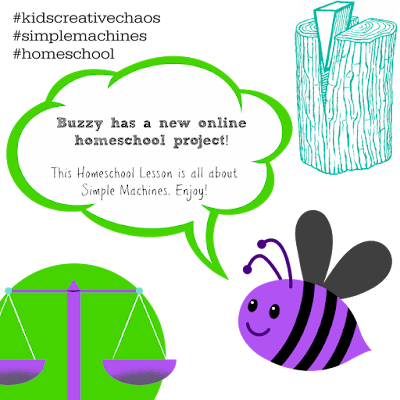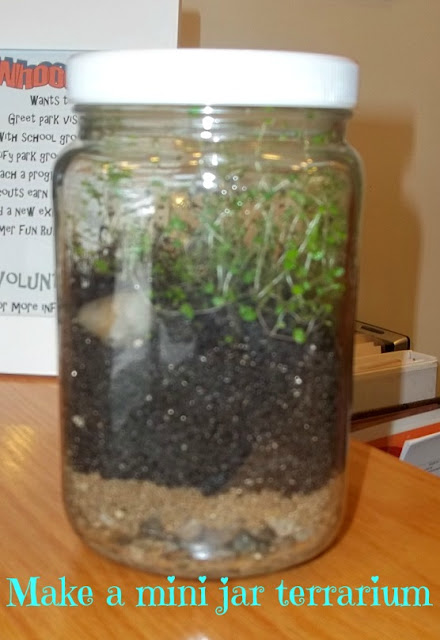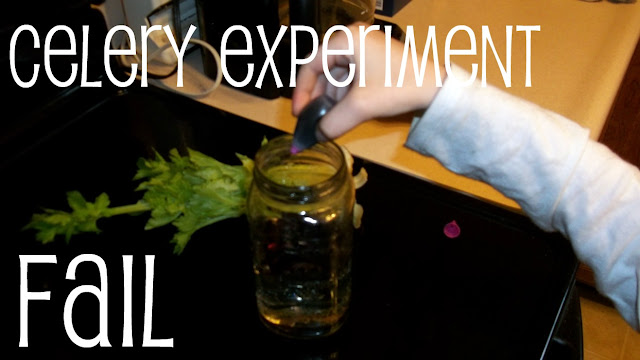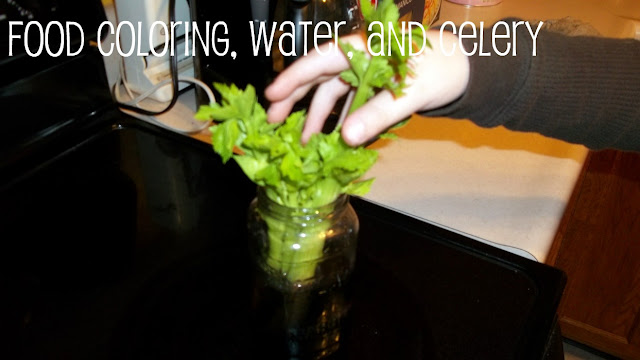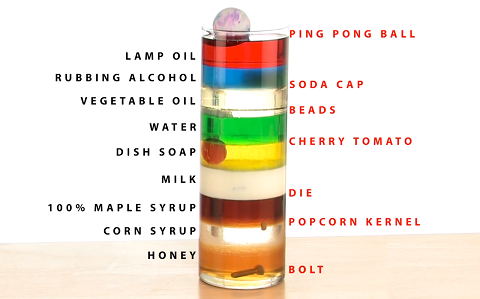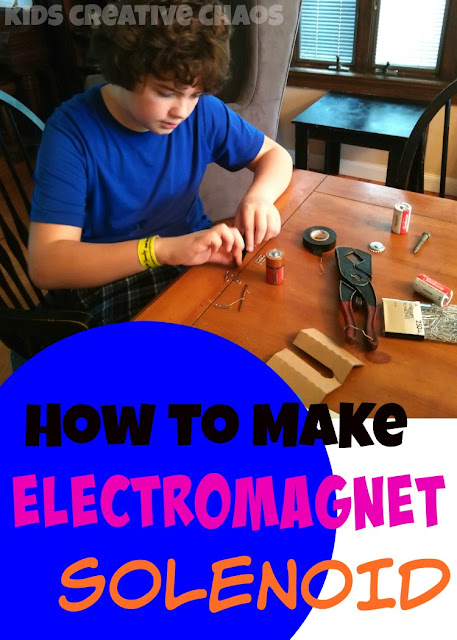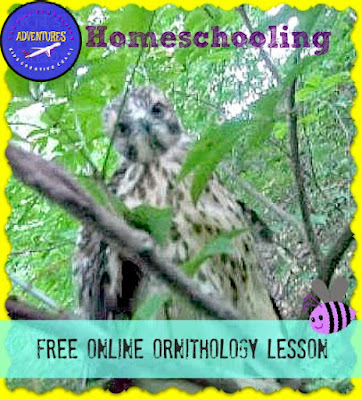3 Fun Science Things to do with Eggs including Bouncing Egg
We've got chickens and ducks, so we've got a lot of eggs! We're always looking for new uses for them. We don't want them to go to waste. Since we homeschool, we decided to try some kid science things to do with eggs. Have you seen the bouncing egg experiment? So, how do you make an egg bounce? Enjoy!
This post contains affiliate links for your convenience*
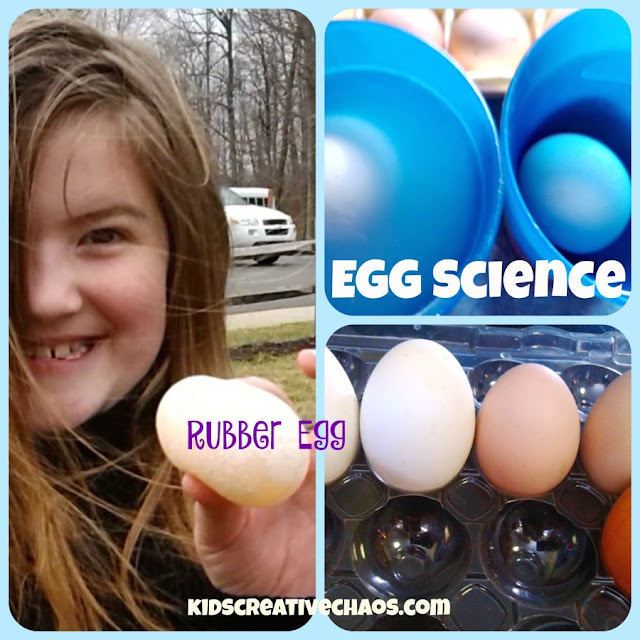 |
| Which came first the chicken or the egg? Oh, that's not the egg science experiment we're doing.. |
EXPERIMENT #1
For our first egg science experiment, we tried to find out. Will it float? You'll need two eggs and two glasses of tap water.
 |
| Bouncing Egg Experiment with Results. |
Drop one egg in each glass.
Do they float? Why or why not? Write down your hypothesis in your journal or a Google Doc.
Slowly add SEA SALT (table salt works, you just need more). Now, what happens? The more sea salt you add what happens?
To find out what is happening, click here: Results.
That was fun! Don't waste those eggs. Keep them for the next experiment! Leave your egg in the cup.
Add enough vinegar to cover the egg.
Check it after 24 hours. Record any changes in the egg in your Science Journal or a Google Doc.
EXPERIMENT #2
Can you make an egg bounce?
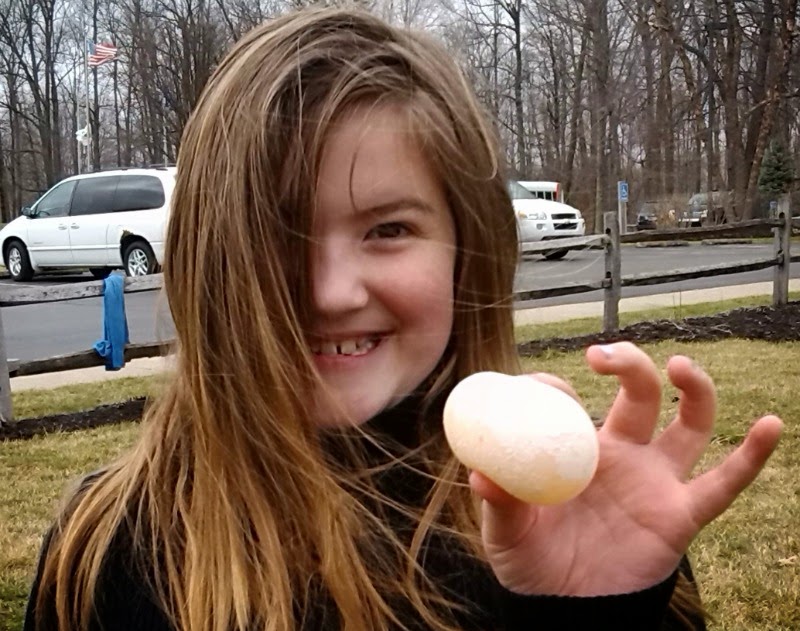 |
| Can you make an egg bounce? |
We used a chicken egg and a duck egg. Since the duck egg has a stronger shell, the results were much better.
You can try it with boiled an unboiled eggs, but remember to test it outside. Do an experiment with both types of eggs and record any differences or similarities that you find.
How is the duck egg different from the chicken egg?
So, how does the egg feel after 24 hrs.? 48 hrs.? 72 hrs.?
We tested our egg after 48 hrs. See the results below.
VIDEO: Unboiled Egg Test Results
Here are ten more cool egg science experiments to try.
EXPERIMENT #3
Easter Egg Dye Experiments
What else can you do with eggs? Of course, we dye them for Easter. You might want to try to dye your Easter eggs naturally. We tried it as a Science Experiment. Let me just say, we failed miserably. One reason is we neglected to follow all of the steps.
 |
| Duck and chicken eggs from our farm. Use a Sharpie to write the date of collection. |
If you want to dye eggs naturally click the links below to follow the instructions, and use these all natural ingredients that are proven to work.
Red Cabbage Eggs
Yellow Tumeric Eggs
We tried Dandelions...
 |
| Can you dye eggs with Dandelions? Maybe. |
We tried Violets and other purple wildflowers...
 |
| Can you dye eggs with Violets? Maybe... |
 |
| Soaking an egg in Violet juice. |
Can you dye an egg with Halloween Candy?
 |
| Dye eggs with old Halloween Candy. |
 |
| Heat the candy slowly over low heat. Green candies turn into a brown, sugary goo. |
 |
| Orange and Red candies turn into an orange goo. Guess what? It works, sort of... |
 |
| Beautiful natural shades of our eggs. |
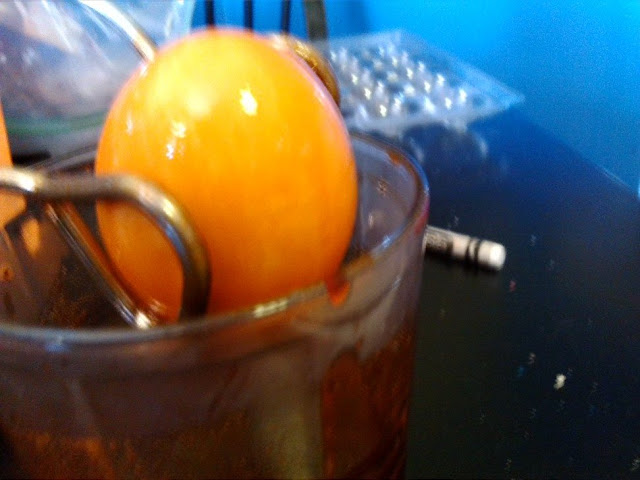 |
| Egg soaked in melted orange and red candy. |
 |
| The results of our egg-periment. For us, only orange and red candy worked. |
Recommended:
Free Homeschooling Lessons
Cool Science Experiments Books*
ADS DISCLOSURE: We've partnered with some wonderful advertisers who may sponsor blog posts or send us samples to test. Some companies pay us to review their products.
*We also use affiliate links, if you make a purchase we get a tiny commission. Kids Creative Chaos participates in the Amazon LLC Associates Program*, an affiliate advertising program designed to provide a mean for blogs to earn advertising fees by linking to Amazon properties, including, but not limited to, amazon.com, endless.com, myhabit.com, smallparts.com, or amazonwireless.com. We also offer Tapinfluence, Google Adsense, SoFab, and Izea ads here. Thanks so much for helping us keep the lights on! :)

